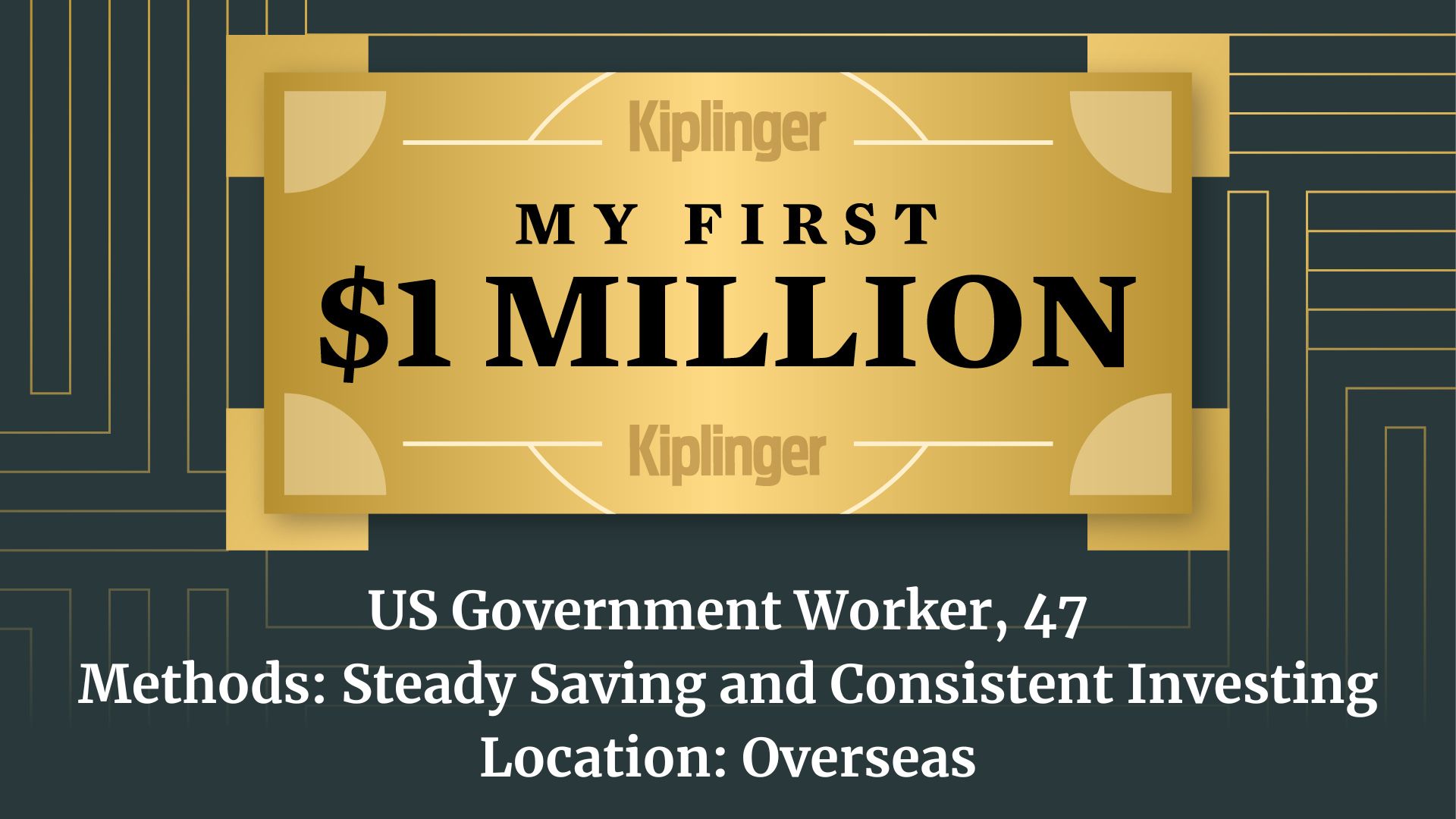Cheap Clothing Is a Costly Mistake
A few high-quality purchases are a better investment.


Elizabeth Cline is the author of Overdressed: The Shockingly High Cost of Cheap Fashion.
What's the problem with the way we buy clothes?
Elizabeth Cline: We've broken away from the seasonal cycle of clothing. You no longer see new clothing lines two to four times a year; you're seeing them every week. The problem is that consumers are hooked on a cycle of buying and tossing clothes—or keeping them but not getting a lot of use out of them.
From just $107.88 $24.99 for Kiplinger Personal Finance
Become a smarter, better informed investor. Subscribe from just $107.88 $24.99, plus get up to 4 Special Issues

Sign up for Kiplinger’s Free Newsletters
Profit and prosper with the best of expert advice on investing, taxes, retirement, personal finance and more - straight to your e-mail.
Profit and prosper with the best of expert advice - straight to your e-mail.
SEE OUR SLIDE SHOW: 5 Budget-Friendly Essentials for Your Work Wardrobe
What does that mean for our finances?
EC: We're spending the smallest percentage of our income on clothing that we've ever spent. But we're essentially throwing that money away—$20 here, $20 there. It's not a lot, but if you're only going to wear an item once or twice, whatever you're spending on clothes goes down the drain. That's the psychology of cheap: We don’t value things we pay little for. With clothing, that means we’re less likely to sew a button back on or try to get a stain out.
Are men caught up in this "fast fashion" cycle, too?
EC: The men's market is less fashion-sensitive. It's easier to find a mid-market garment that is reasonably well-made and reasonably priced. But the fashion chains, such as H&M, are going after men, and they’re becoming more frequent consumers of clothing.
How can people get better value from their clothing?
EC: The key is being mindful. Set a budget, and think about how you want to spend it. Americans buy eight pairs of shoes and 68 garments every year, spending about $1,100. If you bought two to three pairs of shoes and ten garments per year, you'd be investing in clothes that aren't going to fall apart. Look for things that have a unique design or are classics, so they don't look dated as quickly. Follow the care instructions for proper laundering. Take them to a tailor to be mended or fit properly.
Where can you find (and how do you recognize) high-quality clothing?
EC: If you have a local or higher-end department store, start there. Dillard's, Neiman Marcus and Nordstrom carry domestically produced lines. Find handmade and vintage clothing on Etsy.com. Flip the garment inside out and look at the seams; see if the buttons are sewn on securely. To learn about quality, I went to thrift stores to look at clothes made before 1980, when things were still pretty well put together.
This article first appeared in Kiplinger's Personal Finance magazine. For more help with your personal finances and investments, please subscribe to the magazine. It might be the best investment you ever make.
Profit and prosper with the best of Kiplinger's advice on investing, taxes, retirement, personal finance and much more. Delivered daily. Enter your email in the box and click Sign Me Up.

Anne Kates Smith brings Wall Street to Main Street, with decades of experience covering investments and personal finance for real people trying to navigate fast-changing markets, preserve financial security or plan for the future. She oversees the magazine's investing coverage, authors Kiplinger’s biannual stock-market outlooks and writes the "Your Mind and Your Money" column, a take on behavioral finance and how investors can get out of their own way. Smith began her journalism career as a writer and columnist for USA Today. Prior to joining Kiplinger, she was a senior editor at U.S. News & World Report and a contributing columnist for TheStreet. Smith is a graduate of St. John's College in Annapolis, Md., the third-oldest college in America.
-
 My First $1 Million: US Government Worker, 47, Overseas
My First $1 Million: US Government Worker, 47, OverseasEver wonder how someone who's made a million dollars or more did it? Kiplinger's My First $1 Million series uncovers the answers.
-
 Check Out These Opportunities Created by the New Tax Law
Check Out These Opportunities Created by the New Tax LawA deep dive into the One Big Beautiful Bill Act (OBBBA) reveals key opportunities in 2026 and beyond.
-
 Beat the Money Blues With This Easy Financial Check-In
Beat the Money Blues With This Easy Financial Check-InAs 2026 takes off, half of Americans are worried about the cost of everyday goods. A simple budget can help you beat the money blues and reach long-term goals.
-
 9 Types of Insurance You Probably Don't Need
9 Types of Insurance You Probably Don't NeedFinancial Planning If you're paying for these types of insurance, you may be wasting your money. Here's what you need to know.
-
 21 Last-Minute Gifts for Grandparents Day 2025 to Give Right Now
21 Last-Minute Gifts for Grandparents Day 2025 to Give Right NowHoliday Tips Last-minute gifting is never easy. But here are some ideas to celebrate Grandparents Day.
-
 Texas Sales Tax-Free Weekend 2025
Texas Sales Tax-Free Weekend 2025Tax Holiday Here's what you needed to know about the Texas sales tax holiday.
-
 Alabama Tax-Free Weekend 2025
Alabama Tax-Free Weekend 2025Tax Holiday Here’s everything you need to know about the 2025 back-to-school Alabama sales tax holiday.
-
 Amazon Resale: Where Amazon Prime Returns Become Your Online Bargains
Amazon Resale: Where Amazon Prime Returns Become Your Online BargainsFeature Amazon Resale products may have some imperfections, but that often leads to wildly discounted prices.
-
 The Sweet 23: States Where Twix and Kit Kat Avoid the ‘Candy Tax’
The Sweet 23: States Where Twix and Kit Kat Avoid the ‘Candy Tax’State Taxes There’s something spooky this Halloween, and it’s not just the ghouls. Find out if your state’s sales tax takes a bite out of sweet savings.
-
 Florida Back-to-School Tax-Free Holiday 2025
Florida Back-to-School Tax-Free Holiday 2025Sales Taxes The new tax-free holiday in Florida brought month-long savings on computers, clothing and other school supplies.
-
 Roth IRA Contribution Limits for 2026
Roth IRA Contribution Limits for 2026Roth IRAs Roth IRAs allow you to save for retirement with after-tax dollars while you're working, and then withdraw those contributions and earnings tax-free when you retire. Here's a look at 2026 limits and income-based phaseouts.